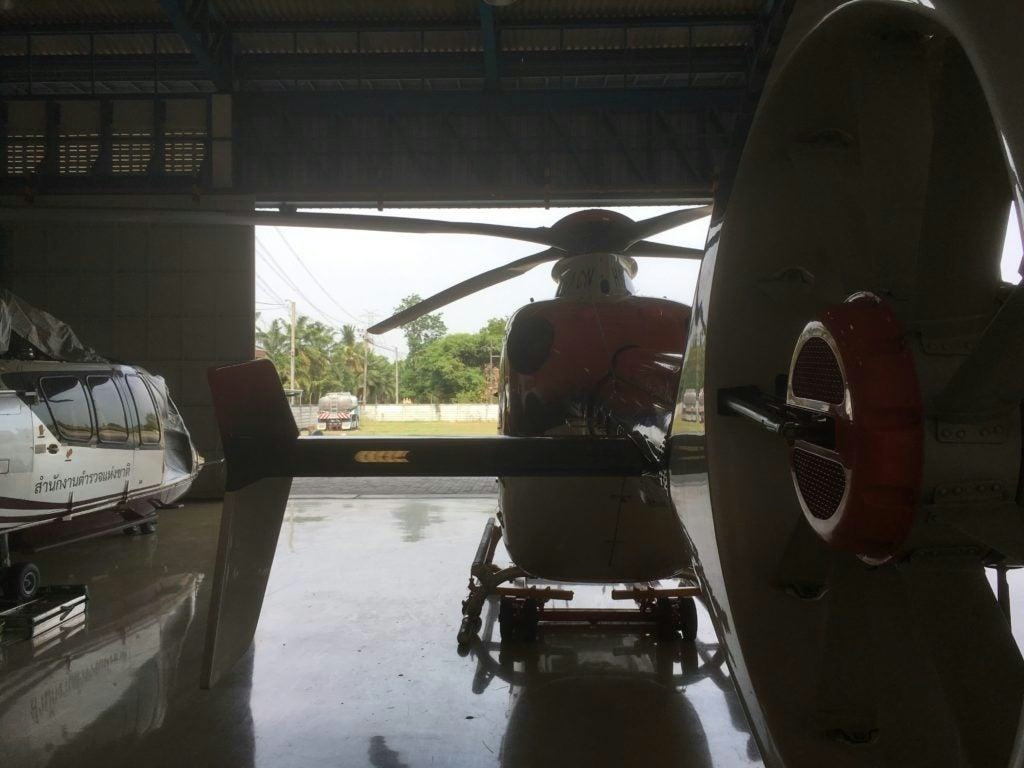
AeroGenie — Seu copiloto inteligente.
Tendências
Categories
YouTuber Flies 249-Pound Ultralight Microcopter at 50 mph
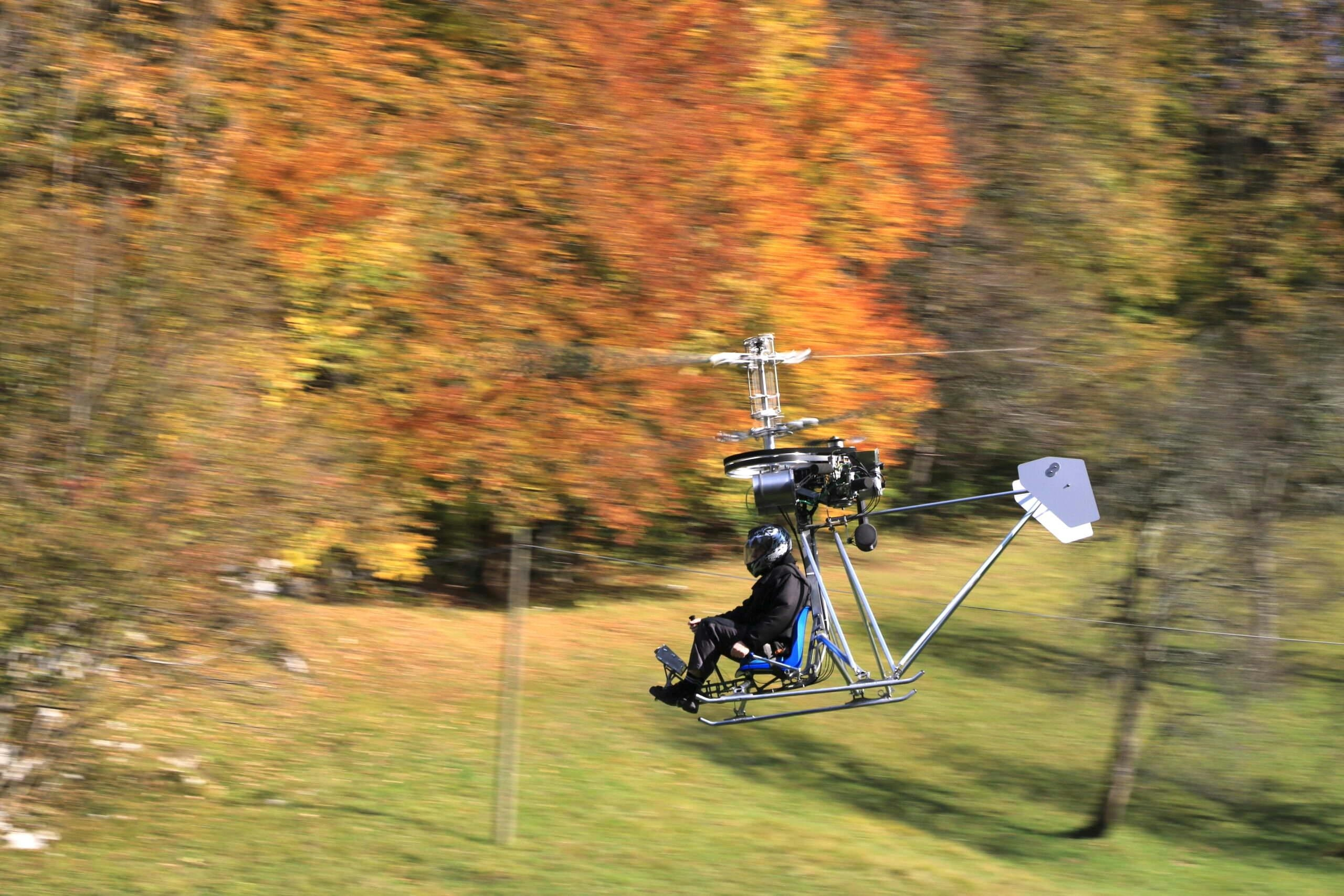
YouTuber Pilots 249-Pound Ultralight Microcopter at 50 mph
A YouTuber recently took flight in the SCH-2A, an ultralight microcopter meticulously engineered to meet the stringent US Federal Aviation Regulations (FAR) ultralight weight limit of 254 pounds. The aircraft itself weighs just 249 pounds empty, and with the pilot aboard, the total takeoff weight reaches 552 pounds. This demonstrates the microcopter’s capacity to carry a substantial load while remaining within regulatory boundaries.
Design and Performance Features
The SCH-2A employs a distinctive dual-rotor system, featuring two sets of stacked rotors that spin in opposite directions. This counter-rotational design automatically cancels torque, simplifying control and enhancing stability. Propulsion is provided by a Fiat two-cylinder, two-stroke gasoline engine, which delivers over 60 horsepower at 5,800 rpm. The engine incorporates dual ignition systems to improve reliability, alongside an electric start and an onboard generator to support essential functions.
Fuel is stored in a simple 5-gallon tank, enabling approximately one hour of flight at a cruising speed of 50 mph, with a fuel consumption rate of 4.5 gallons per hour. Notably, the engine runs on regular unleaded gasoline, eliminating the need for costly aviation fuel and making the aircraft more accessible to enthusiasts and hobbyists.
Prior to takeoff, the pilot conducts thorough pre-flight checks, underscoring the straightforward and user-friendly nature of the SCH-2A. The microcopter’s design emphasizes ease of use, with minimal controls tailored for solo operation, reflecting the growing appeal of ultralight personal aircraft.
Regulatory and Market Challenges
Despite the technological promise of ultralight microcopters like the SCH-2A, several challenges persist. Regulatory compliance remains paramount, as pilots must strictly adhere to FAA guidelines to ensure both safety and legality. The FAA has issued warnings regarding potential disruptions to air travel as personal air mobility technologies become more widespread, highlighting concerns about integrating these new aircraft into existing airspace systems.
Safety considerations are equally critical. The lightweight construction and minimal onboard systems necessitate rigorous pre-flight inspections and responsible piloting to mitigate risks. Market responses have been mixed, with some industry observers expressing skepticism about the commercial viability and practical feasibility of ultralight microcopters. Established aerospace manufacturers may perceive these innovations as competitive threats, potentially spurring advancements in related technologies or prompting strategic partnerships to safeguard their market positions.
As the YouTuber’s flight demonstrates, the SCH-2A embodies both the opportunities and obstacles inherent in the emerging field of personal air mobility. While the technology offers unprecedented freedom and accessibility, its future will depend on regulatory evolution, ongoing innovation, and broader public acceptance.
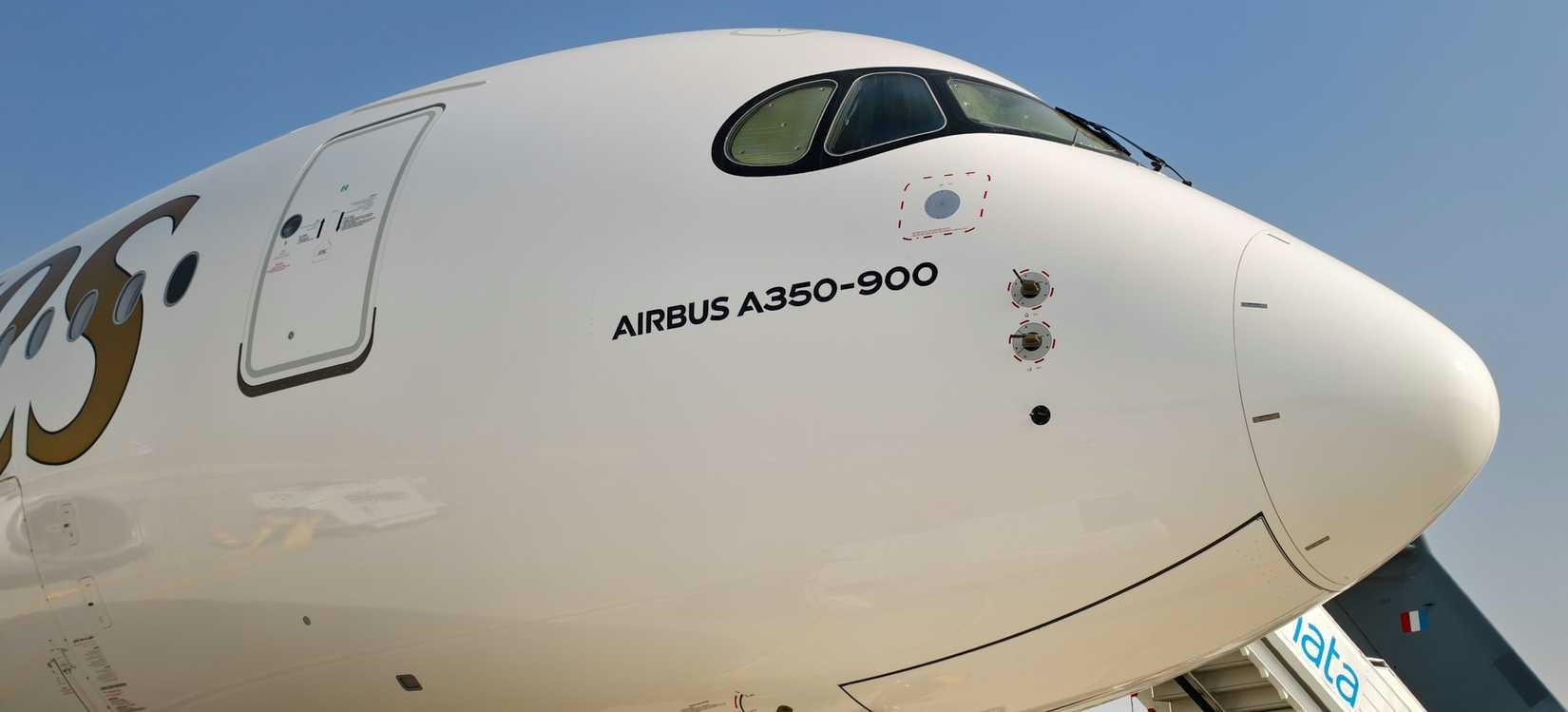
Airline to Operate Fastest-Growing Airbus A350 Fleet in 2025

Largest Aircraft Orders Worldwide in 2025
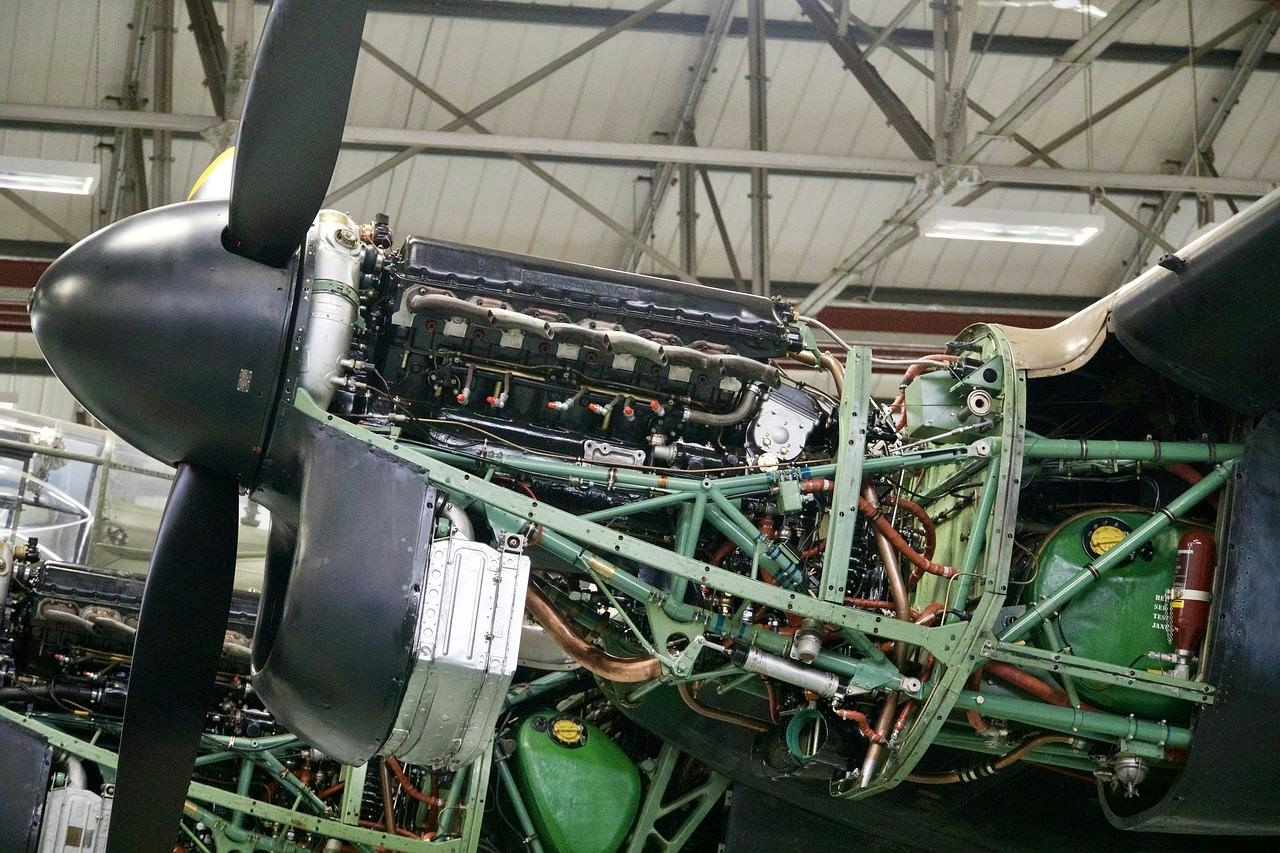
Adani Group to Enter Engine Maintenance and Aircraft Conversion Sectors

Joby Aviation Positioned to Lead Air Taxi Market by 2026
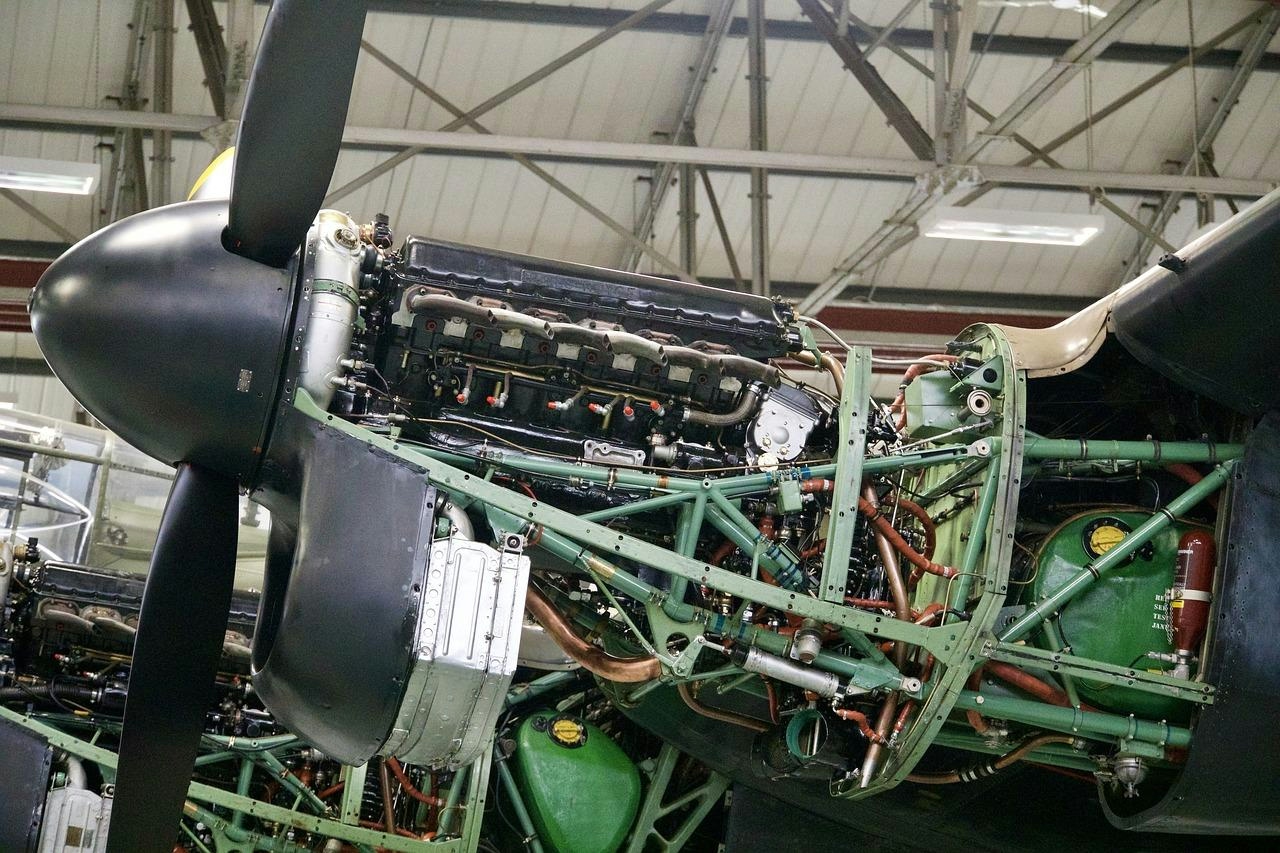
Adani Group Expands into Aircraft Maintenance and Conversion
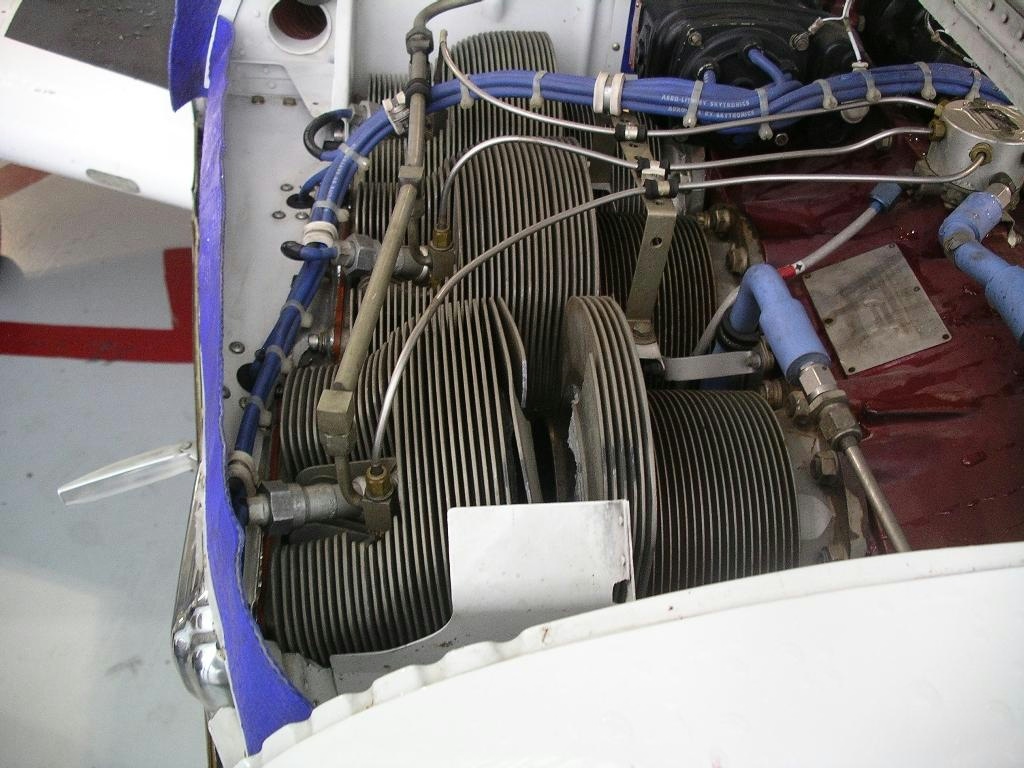
FAA Investigates Shutdowns of Lycoming IO-360 Engines
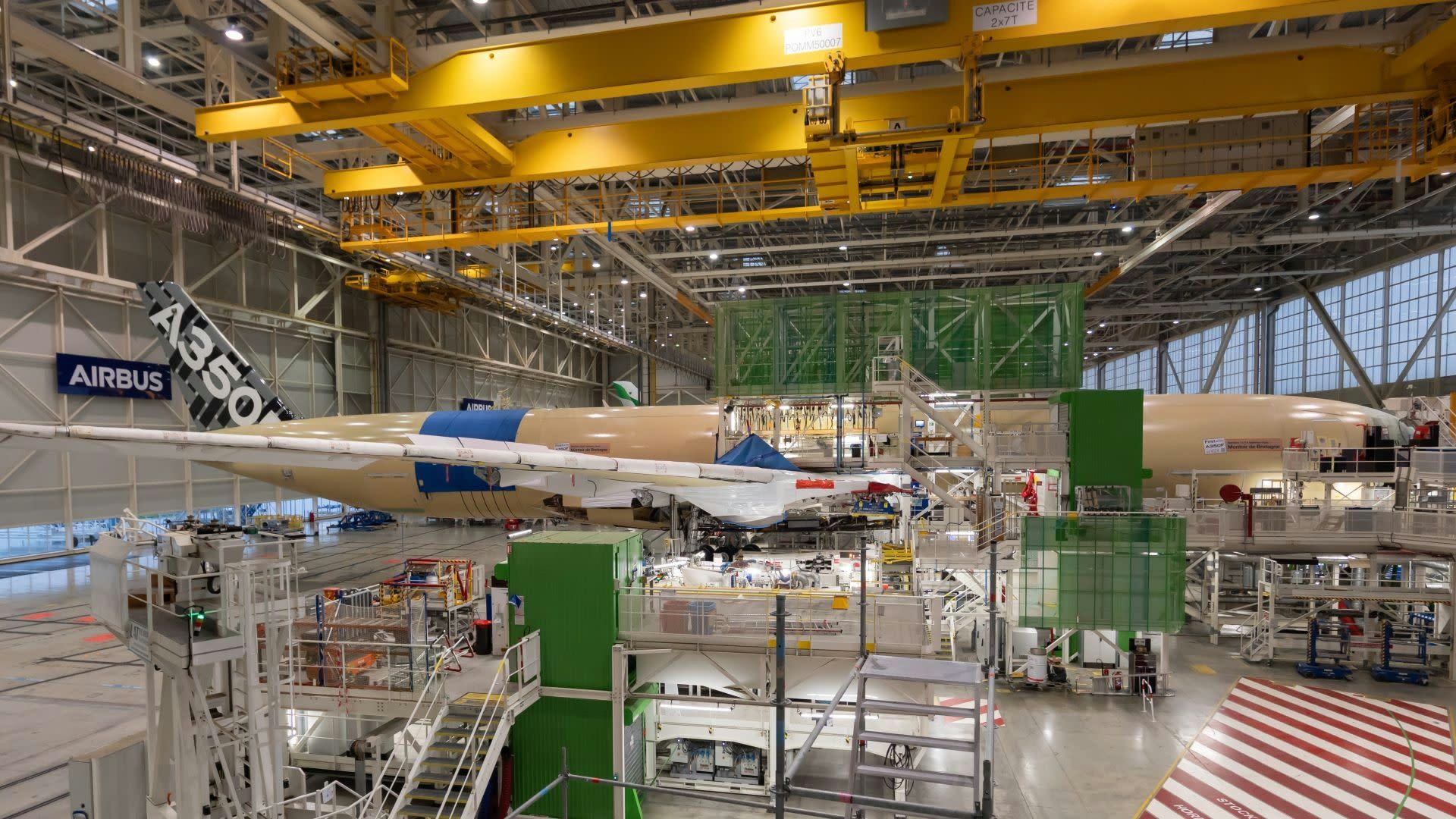
Airbus A350 Freighter Receives Certification
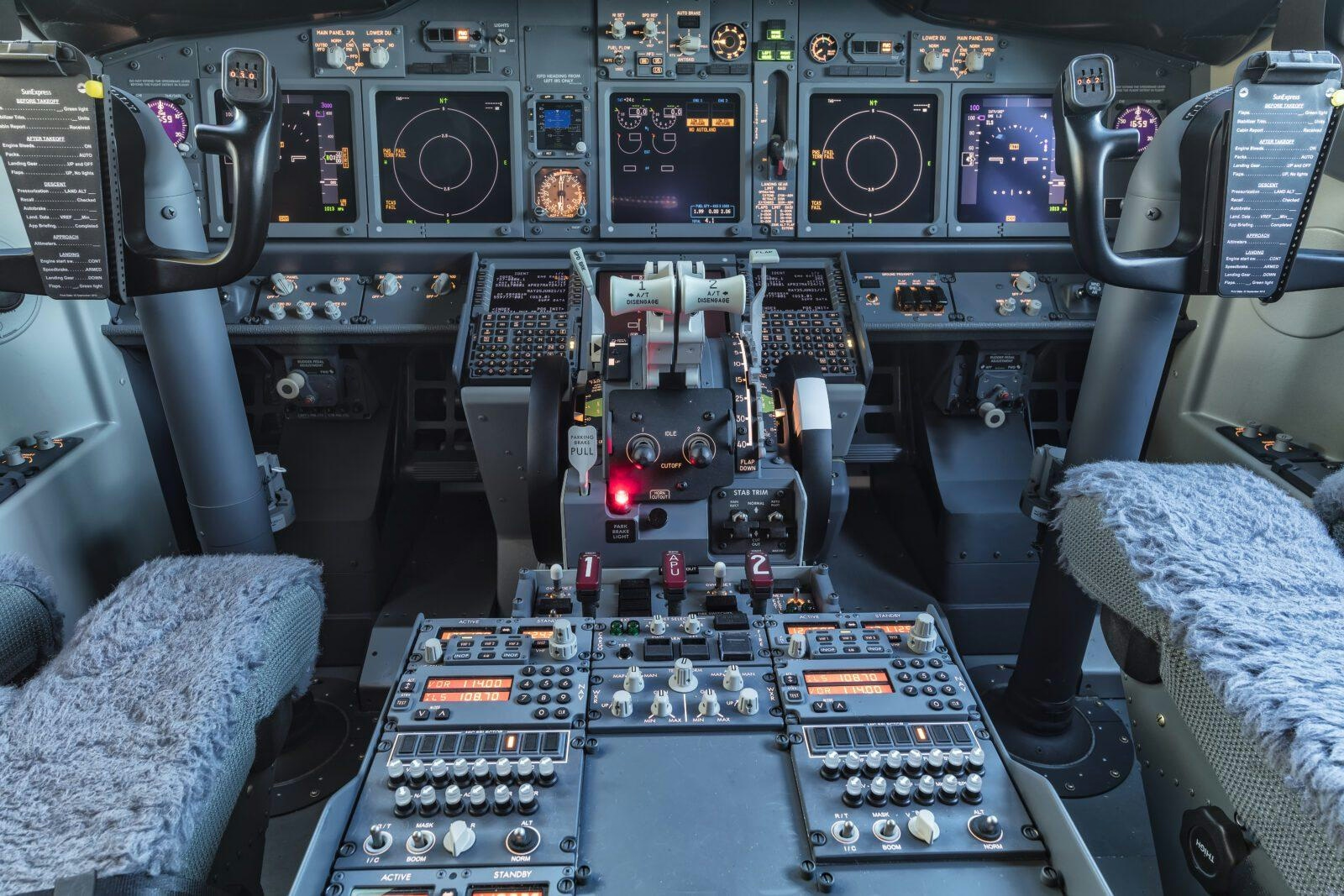
Investigators Examine Theory That Cockpit Sun Visor Caused Boeing 737 Engine Shutdown After Takeoff

Comparing the Fuselage Lengths of the Airbus A350-1000 and Boeing 787-10
